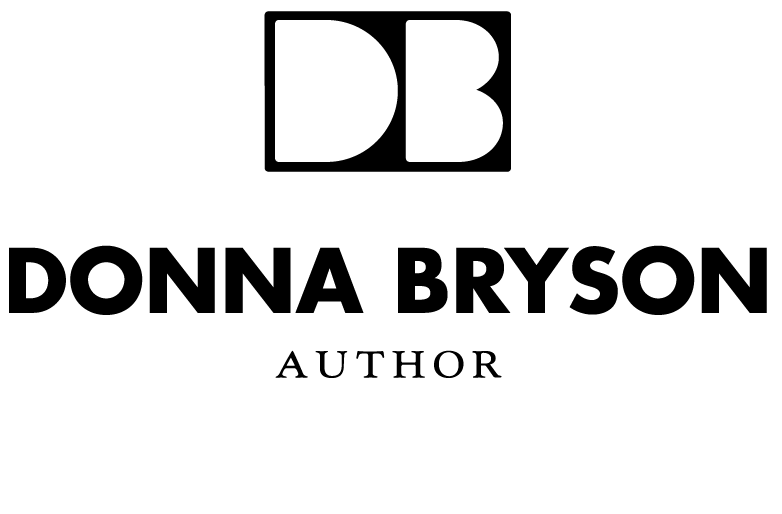In Colson Whitehead's new novel "Crook Manifesto", his unflappable anti-hero Ray Carney observes that another character "had grown to be a good salesman -- maybe that was part of being a good director, steering people into the roles you want them to play."
Novelists do that, too. Ray -- whom readers first met in Whitehead’s 2021 novel "Harlem Shuffle"-- is his story's own novelist, setting scenes and peopling them, then coolly observing what happens next.
Zippo is the character whom Ray observed steering people into roles as he tries to raise money for a movie he is making. Zippo paints with light. Which is to say he's a film director and pyromaniac. He does both for the same reason: "To express myself. To put what's inside me out there with everyone else."
Ray, Zippo and Pepper, the last another character from "Harlem Shuffle", each take a turn at center stage in "Crook Manifesto", which is composed of three acts braided into a coherent whole by a cast of characters; a decade -- the 1970s; and a musical mood heightened by references to Motown and jazz.
"Everybody's research when you're crooked, another variable in a setup down the line," Pepper observes in one scene. An actor prepares.
Pepper is a burglar who waits to scoop up the spoils after a colleague blasts a safe open; an armed robber who handles many forms of violence – from threat to bloody mayhem -- as deftly as Meryl Streep deploys accents. And, when necessary, Pepper is a killer. A measure of performance is necessary to inspire fear in the other crooks, who are performing, too.
Ray is a fence. He also owns a legitimate furniture store and has a wife and two children he tries to keep apart from his other activities. But Ray increasingly finds that a life of crime demands total commitment, which some people seem to give without realizing what they are surrendering. Is that what Whitehead, in this art manifesto, is trying to say about what a creative life entails?
I read "For Ever the Twain Shall Meet" for work. At 500 closely set pages, reading this novel often felt like work, not least because I had to pause "Crook Manifesto" for the task. But I came to admire what Helen Craig Smith had created, even if she lacks the verve of Whitehead, who has won two Pulitzers and a National Book Award for his fiction.
"For Ever the Twain Shall Meet" is a fictionalized version of the life of the author, who was a teacher, and of her family in rural Tennessee. Craig Smith's only novel, published in 1997, is an ambitious attempt to describe Black society across several generations in a small southern town, with slavery, civil and world wars and the nascent Civil Rights movement as a backdrop. Craig Smith writes about Black excellence in the face of white racism, but also about class frictions and colorism in her community. Black artists have been criticized for going public with descriptions of divisions within the Black community. Relatives of Craig Smith, who died in 2020 at the age of 92, describe her as upright and school-marmish, making her embrace of the transgressions that art demands particularly intriguing.
After finishing "For Ever the Twain Shall Meet" and returning to wrap up "Crook Manifesto", I read poet Camille T. Dungy's memoir, "Soil". In a book with illustrations that look like plant specimens pressed in the pages, Dungy muses on history, higher education, gardening, and making time for art.
I've written poolside at my daughter's swim meets and in food courts while waiting for out-of-town guests I've chauffeured to the outlet mall to finish their shopping. I'm a journalist, not an artist, but it resonated with me when Dungy described Toni Morrison as a mother of two "scribbling on the subway during commutes between her home and her office." Dungy also quotes the opening lines of a poem by Lucille Clifton:
Dear Mama,
here are the poems
you never wrote
here are the plants
you never grew ...
Dungy writes that Clifton managed, unlike her mother, to grow a garden of words.
"If they value their art," Dungy continues, "women writers, especially women of color, and most especially mothers, must steal their own time to grow such gardens. Heists like these are not easily executed."
In "Crook Manifesto", Whitehead likens plotting crime to making art. That idea added nuance to my reading of Craig Smith (a 200,000-word novel is quite a heist!) and Dungy. Whitehead, Craig Smith and Dungy all give their craft the total dedication from which Ray shies in "Crook Manifesto". As a reader-co-conspirator, I applaud the art they have committed.
